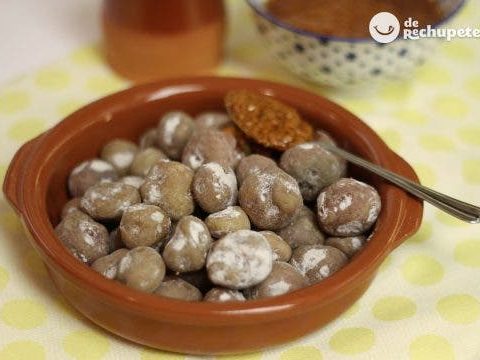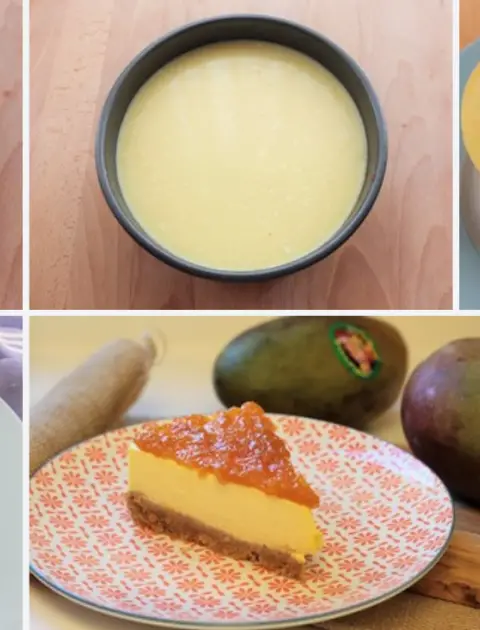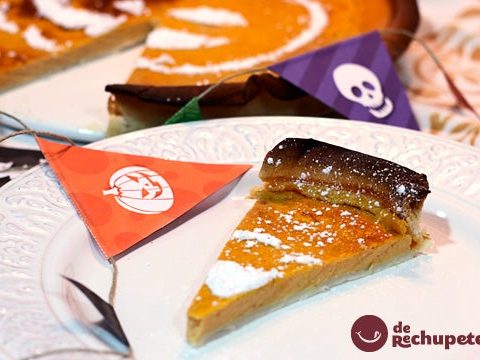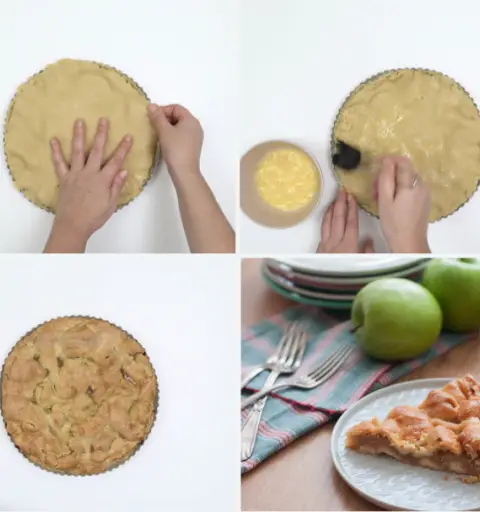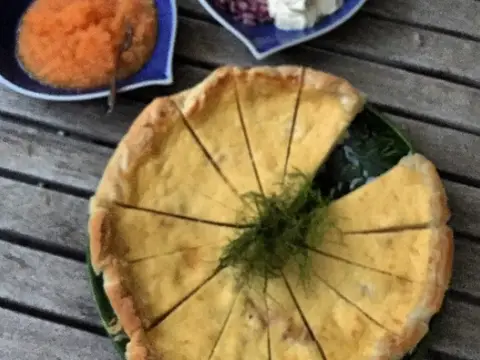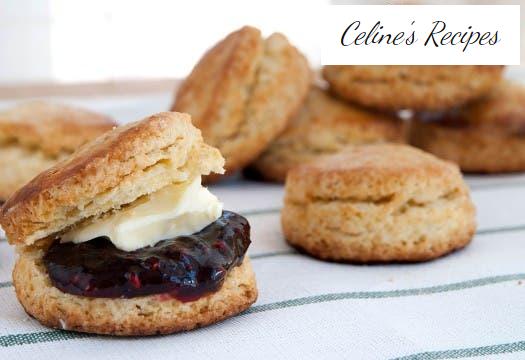
Info.
- Easy
- 30 minutes
- For 10 people
- 0.5 € / person
- 304kcal per 100g.
How to make English scones.
The scones are a type of bread , typical of English cuisine, both consumed snacks, the famous Bruch and copious breakfast English.
It is a dough made from wheat flour, yeast and butter that, once baked, is still served warm, filled with a good amount of butter and jam or a generous amount of lemon curd .
Although countries such as the United Kingdom, Ireland, Canada, Australia or the United States are consumed, it is a recipe originating in Scotland, specifically from 1500, according to the Webster dictionary.
In the beginning, large scones of round and large shape were prepared, called bannock , although today they are called scone, whether they are triangular, round or square. There are many variations in terms of shape and filling. Sometimes they even incorporate blueberries, cheese, potatoes or dates into their dough.
There are salty versions in Ireland and fried versions, rather than baked ones. In Scotland, this type of bagel in savory format is called soda farls and potato scones are called tattie scones . The latter are usually fried rather than baked. You see, multiple options to enjoy in the purest English style of a perfect five o´clock tea .
I leave you with the most classic version that you can find in most UK bakeries. I hope you like them.
Preparation of the dough for English scones
- In a bowl we mix the dry ingredients, flour, yeast, salt and sugar. We cut the butter into small cubes. It must be very cold, directly from the fridge.
- Add the butter to the flour bowl and, with a fork or the tips of your fingers, add the butter until it is reduced to a kind of sand.
- It is important that we do not heat the butter when handling it trying not to melt it. That is why I advise you to use the fork to integrate it, your hands as little as possible.
- In a bowl beat the egg and add the milk, mix well.
- When the butter is fully integrated, we make a hole and add the liquid.
- With the fork, mix until all the dough is moistened. At this point we form a ball with our hands, compacting the dough but handling it as little as possible.
- If we see that the dough is too dry we can add 10 or 20 ml. milk to older.
- This can happen to us since the different flours have different points of their own humidity, with which their absorption power is different.






Preparation of the English scones and presentation
- We flour a work surface and turn the dough over. With your hands and without kneading, we compact the dough and form a rectangle with a thickness of about 2 cm.
- We give a couple of passes with the roller to homogenize the surface. We proceed to cut the scones with the help of a cutter with a diameter of 5 or 6 cm.
- It is important that we flour the cutter used in each of the cuts, to avoid the dough sticking on the sides and making it difficult for them to rise in the oven.
- We are placing the scones upside down on a baking paper or sulfur on the baking sheet and paint with milk.
- With the oven previously heated to 200º C with heat from above and below, without air. Bake for 15 minutes, until lightly browned.
- We remove to a rack until they have cooled before consuming them.
Scones, traditionally served with butter and jam or filled with lemon curd , in any of these versions are a superior snack. I encourage you to prepare them and enjoy a snack in the purest English style and accompany them with your favorite jam or confiture .
You can see all the photos of the recipe in the step by step recipe of scones. If you have doubts, follow the photos and they will be delicious.
Origin and history of scones
- It seems that it was the Duchess of Bedford, in 1840, who began preparing them to receive their friends at the time of the five o´clock tea . From this moment they became very popular, in such a way that already in London, with the approval of Queen Victoria, they acquired a great boom within high society and, eventually, in all social classes.
- This bun was made with oatmeal and without chemical yeast or boosters as they did not yet exist as we know them today. They used to be prepared on a metal plate or in the iron kitchens of the houses. Originally it was round and flat with a size similar to a medium plate and it was customary to cut it into triangular portions to serve it more comfortably.
- By the time yeasts or boosters hit the market, they also became part of the scones. And from there, they began to bake instead of being cooked in a pan or griddle.
